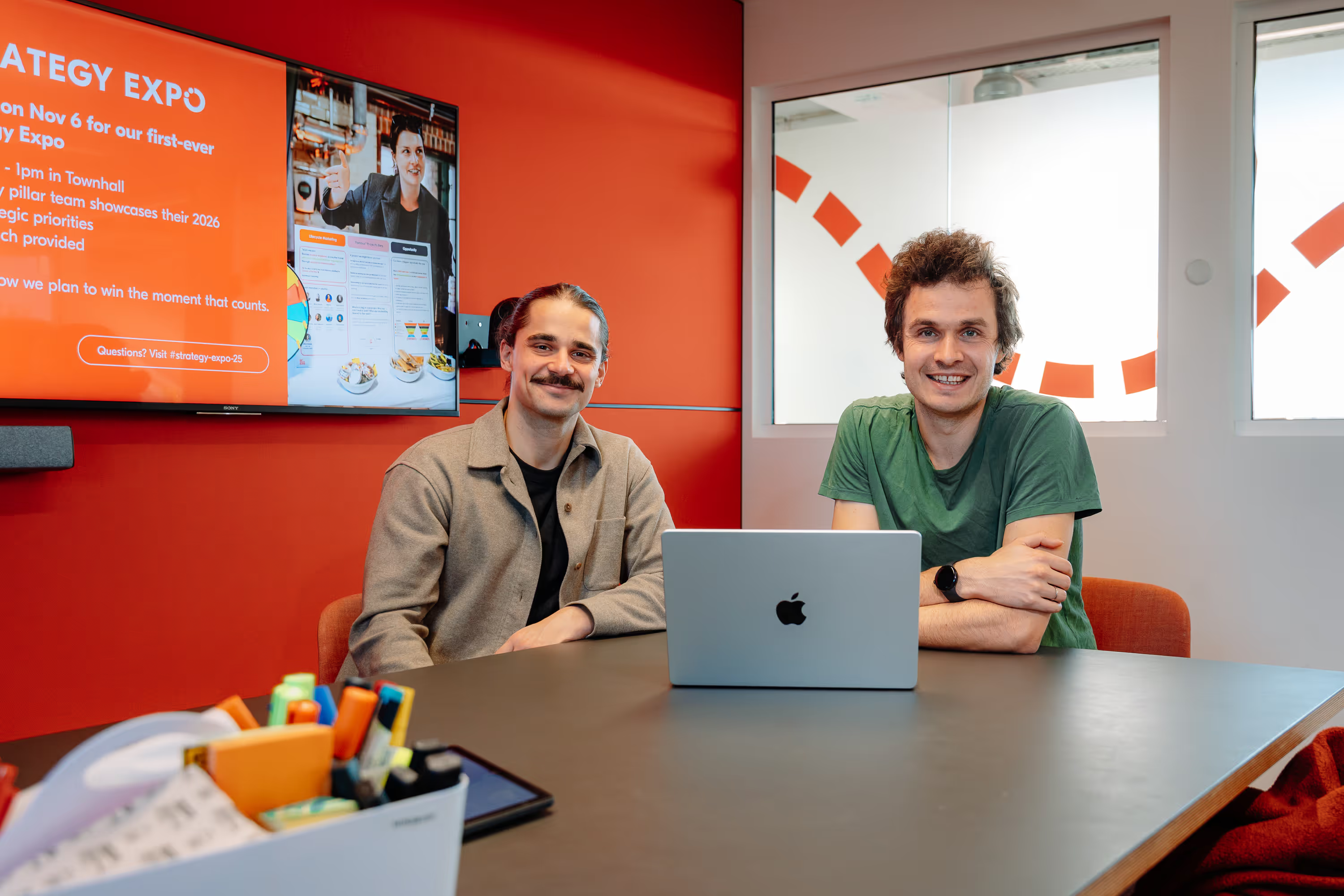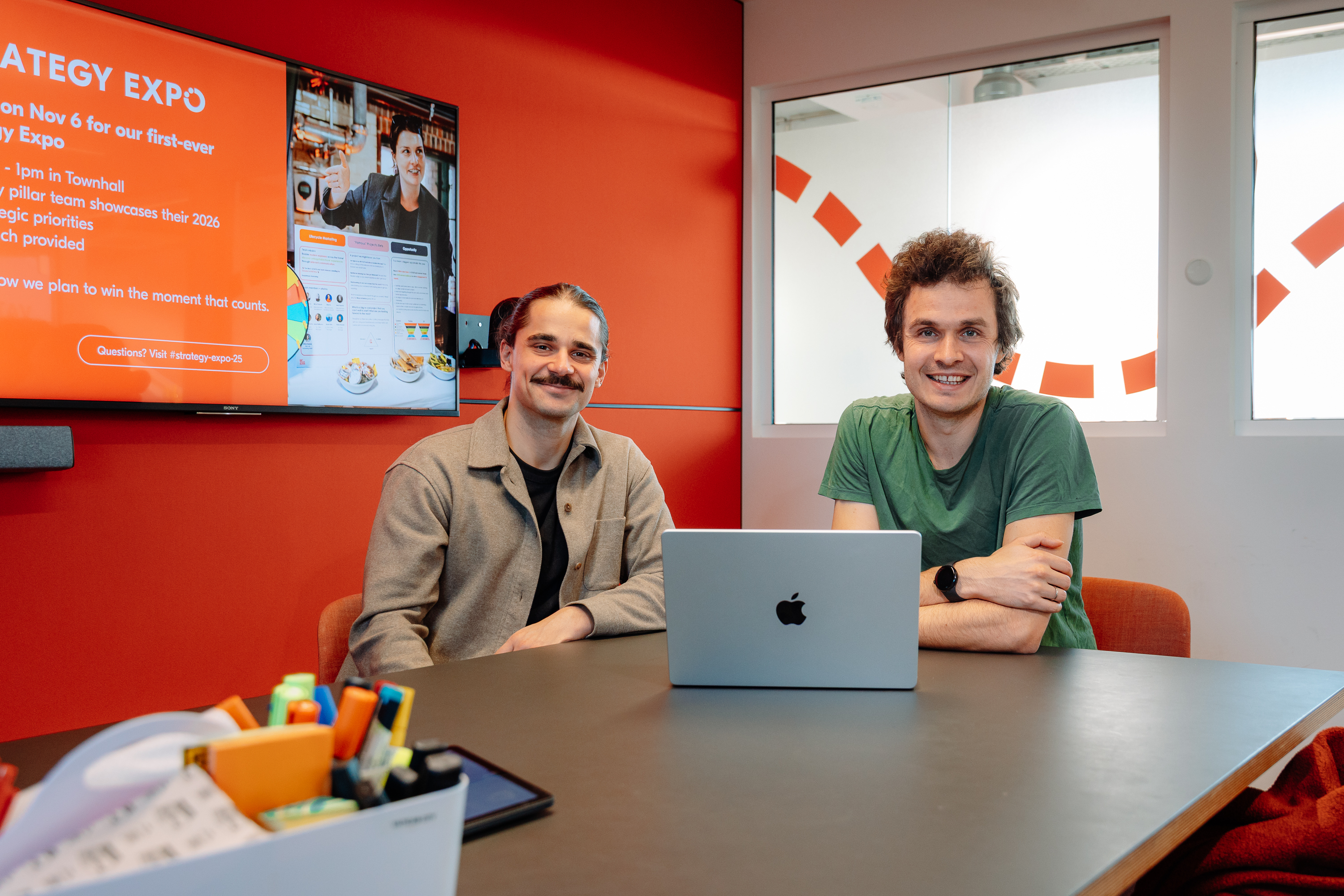Establishing UX Research in a Digital Product Company
I joined GetYourGuide in April 2017 as the first in-house, full-time User Researcher.
.avif)
Key takeaways:
Own the research story at your workplace, understand the context, actors and come up with a plan.
Tricia Wang has a talk called ‘Thick Data’. In the talk, she wonders why having more data doesn’t translate immediately into better and faster decisions. I also wondered this many times during my first months as a solo researcher. The answer was shockingly unsurprising: everything surrounding data is HUMAN; hence, complicated.
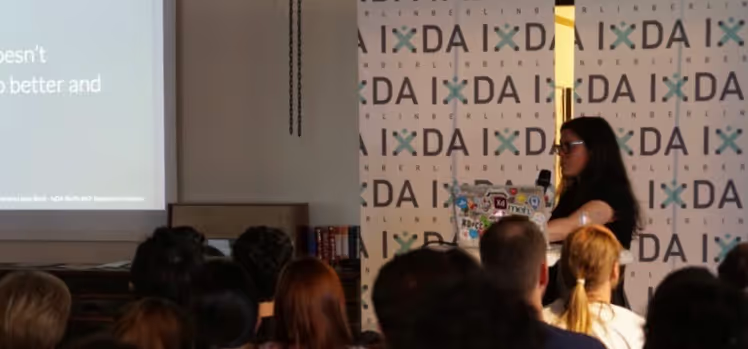
{{Divider}}
My story, in a nutshell
I joined GetYourGuide in April 2017 as the first in-house, full-time User Researcher.
My initial approach focused on evaluative research. I quickly realized I had to demonstrate how qualitative data could be useful. I spent the first month interviewing internally: meeting teams, joining meetings, understanding how decisions were made, and trying to find opportunities. After that, I planned bi-weekly sessions and put everyone in the product team in front of people using the product.
It’s not enough to be hired by someone who identifies the need for research. Once inside, you have to translate, show, explain, describe… many times before you are able to tackle harder questions.
Nearly a year and a half later, I’ve gone from almost no requests to more than I could possibly handle, and I’ve grown my team to 3 people in a company with +430 employees.
Here are my 3 key takeaways from my experience so far:
1. Use a maturity model to understand the context.
A framework is a fundamental tool. You should observe behaviors in teams and track and understand where you are standing. Things like quality and frequency will be key in conversations.
Understand the maturity level of your company. Craft an action plan to get buy-in from management. What would it take to bring the company to the next level?
There are plenty of great frameworks out there; I used the 2013 Maturity Model from the consultancy Keikendo:

I was part of Keikendo and involved in the design of this model. I know this framework inside and out which is why I chose it and why I propose its use. With that said, you are free to use any framework you like. Plenty were created BEFORE! and after this one. Last thing, Keikendo doesn’t exist anymore, so you won’t find any recent work, though there are plenty of recordings and literature in Spanish. Read about the Maturity Model in UX Matters.
Here are some example questions to help you map out the maturity level of your workplace. Your company could have characteristics of several levels. One thing all models agree on is that you have to tackle one level at the time. There is no shortcut.
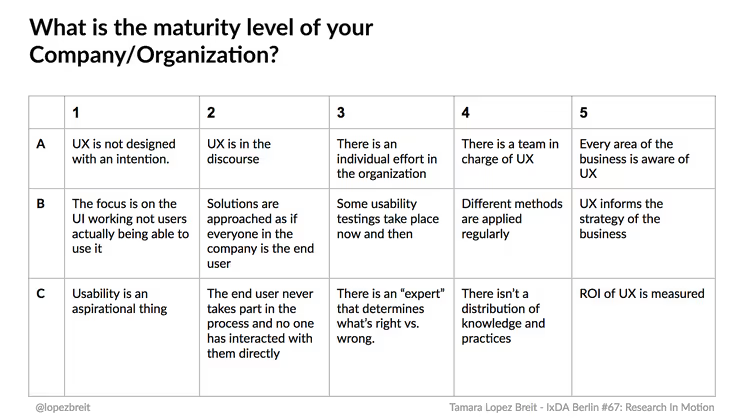
2. Know the actors!
Who are you talking to? Only when understanding how decisions are made is it possible to find actionable opportunities. You have to develop the right approach, for that company, at that time. It is not “one size fits all”.
How does the company work? Who is in charge of what? What information do they produce and how you can leverage it? Do you get the contact reasons on a regular basis? Does product talk to sales on a regular basis?
There is a lot of information inside the company about people. How can you facilitate the access and understanding of data? How can you deliver it to the right teams within the right time frame?
At some point, our Ground Ops team became an efficient source of knowledge to gain insights on the ground. Our Sales team explained the ins and outs of a specific location and how particularities of that location could be affecting the behaviors we were seeing. The customer service team could train me in their tools and point me to the most frequent cases they were solving.
Everyone’s contribution in the company is important. Being in UX just means you are balancing the power back to users or feeding strategy when needed.
How are you talking to them? Different internal audiences need different content served in different ways. Democratise access to data; be transparent about your process. I share all my files early on. Everyone is welcomed to take a look at notes and very raw material. I prepare presentations on my findings for global company updates and team members. I also prepare summaries for managers. And finally, I prepare summaries of summaries for those times when I might run into the CEO on the elevator. This is what being the constant voice of the user means. You always need to remember who said what and what is the right way to phrase something. You are never a replacement for research.
3 main actors and actions take to tackle those challenges:
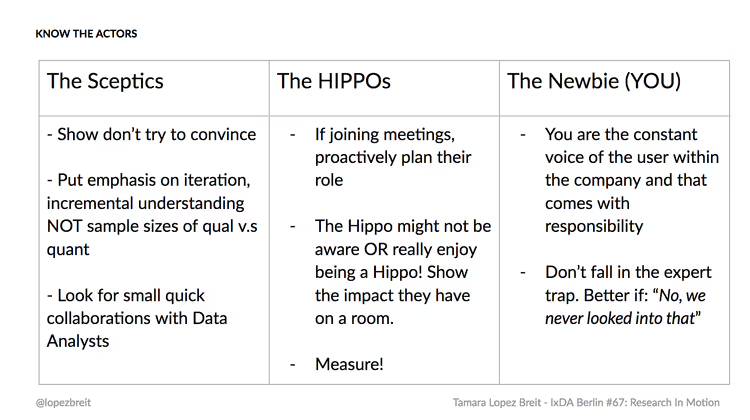
3. Put a face to the numbers, own the research story
Make it human, personal and mandatory. Yes! Nothing will ever replace or be as effective a benefit for the team as direct observation. Nothing will better correct the perception that you are the expert.
I advertise user research in many ways and channels. During testing days I live stream sessions. After the session, I share clips of research. Every now and then, or on a bi-monthly basis as I like to think, I share a research newsletter with all findings.
UX research is not the main act, people that use your product are! Make sure you consistently deliver this message to your company. You are not a substitute or shortcut for people’s observations.

After the first year…
If you are brought in when a decision is already made or close to being made: it is TOO late. At this point, you ‘d add value somewhere else. Say no.
There is not enough time in life to research everything or…learn german. After some time, deciding what’s THE question to answer now is the most important exercise.
Final thoughts
Ask yourself: How am I driving the cultural change inside the company? Do I have a plan? Is it clear for the people in the driver’s seat? Am I leveraging internal knowledge or reinventing the wheel? What is needed to take the company to the next level?
"By building a user-focused culture, you’ll end up at a place where data plays its appropriate role." (From “Relevant Search: With Applications for Solr and Elasticsearch” a book by Doug Turnbull and John Berryman)
Notes
Maturity models:
Find other maturity models I would recommend below. Use at your own risk: once you see you cannot unsee!
Corporate UX Maturity: Stages 1-4
Special thanks:
- Many thanks to IxDA Berlin, especially Kathryn Hing. She saw value in my story after a chat prepping for the UXBookClub. She is the reason why I dared to present and write about this in the first place! Find the presentation here.
- At the IxDA meet up I presented with Lindsey M. West Wallace from Adobe XD. Sebastian Greger wrote an amazing summary of both talks: IxDA Berlin #67: The strategic role of UX research // Sebastian Greger
Adapted from Tamara's LinkedIn article of the same name. Find the original version here.
Interested in joining our team? Check out our open positions.


.jpg)
